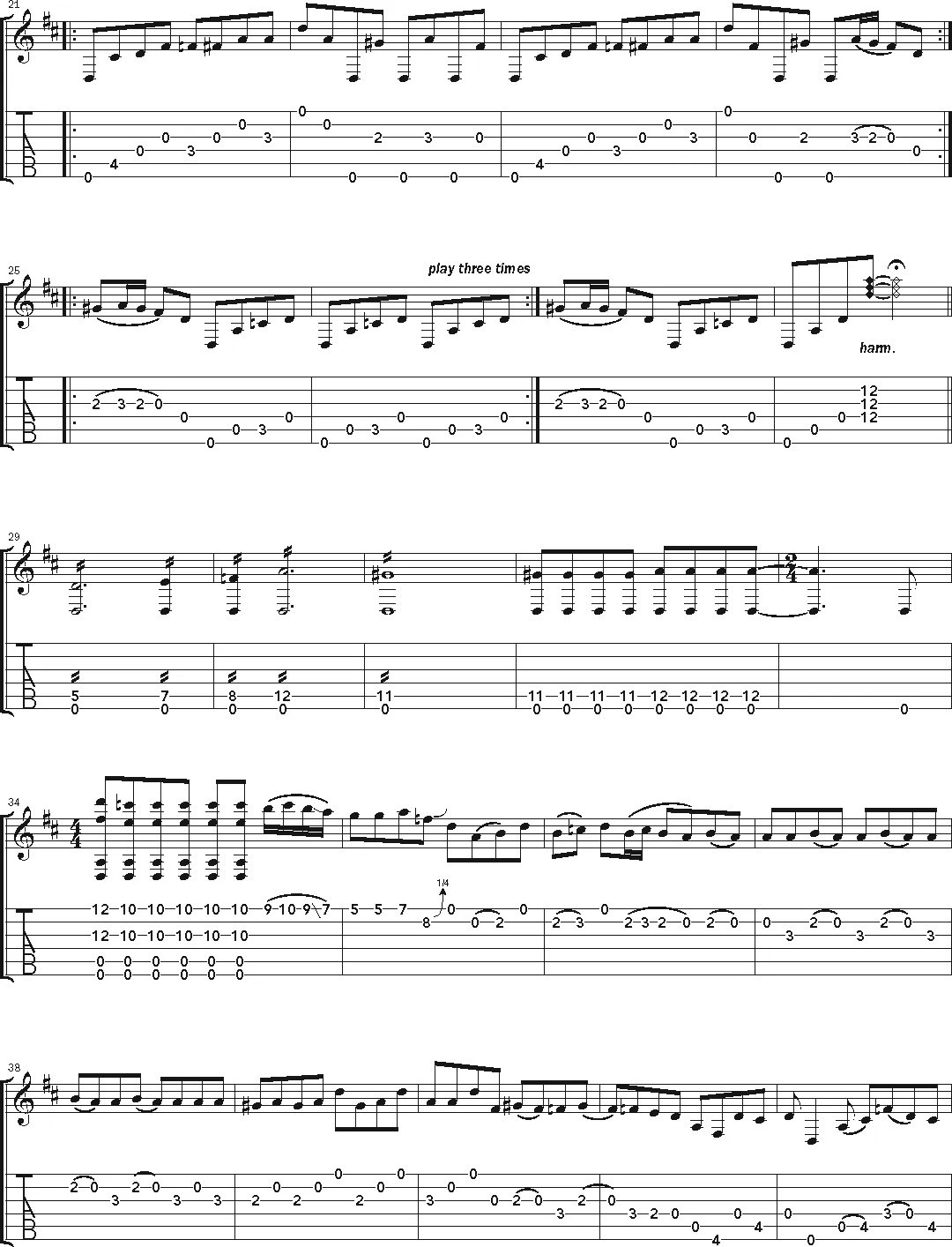In the realm of acoustic guitar artistry, the strings are more than just components; they are the very voice of the instrument. Billy Strings, a modern virtuoso, understands this intimately. In January 2019, after a day immersed in studio work in Nashville, Strings found himself watching George Harrison: Living in the Material World. This Martin Scorsese documentary, particularly its exploration of Ravi Shankar’s Indian music, sparked a profound inspiration. Strings noted how Shankar’s music “comes from the soul and reaches down deep,” a sentiment that would soon resonate in his own creation.
The following day at Blackbird Studio, the echoes of Shankar’s soulful sounds lingered. A riff began to form in Strings’ mind, directly influenced by the documentary. During a break, he picked up a prized vintage instrument – a Martin 000-28 from the early 1940s. “I told our engineer [Glenn Brown] just to leave the tape rolling,” Strings recounts, emphasizing the spontaneous nature of the moment. He then tuned the guitar to an unconventional open D tuning, embraced the creative freedom, and entered a state of focused improvisation.
The Genesis of “Guitar Peace” through Unique String Arrangements
“Guitar Peace,” featured on Strings’ 2019 album Home, is a testament to the expressive potential of guitar strings when manipulated with intention and innovation. To capture the essence of this piece, understanding the unique tuning is paramount. The foundation is Open D, but with a twist. Strings 1 and 2 are lowered a whole step to D, and string 3 is tuned down a half step to F#. This altered string configuration dramatically changes the fretboard landscape, inviting exploration and new sonic textures. Experimenting with this tuning beforehand allows a player to appreciate how the tension and resonance of the strings shift, contributing to the song’s distinctive character.
The main riff of “Guitar Peace,” appearing in bars 13–16 of the transcription, reveals the song’s harmonic stasis and its Indian music influence, largely due to the raised fourth, G#. Playing this riff cleanly and evenly is crucial. Regardless of picking style, maintaining consistent articulation across the strings is key. The riff’s movement between the sixth and third strings in bar 14 demands precision to avoid unwanted notes from the inner strings. This highlights how control over individual strings and string groups is essential in bringing the piece to life.
Mastering Techniques Across the Strings
Strings’ performance in “Guitar Peace” showcases a range of right-hand techniques, each interacting uniquely with the guitar strings to produce varied timbres and rhythms. Tremolo picking creates a rapid, shimmering effect, demanding consistent string attack for sustained notes. Cross-picking, a bluegrass staple, involves a precise, alternating pattern across different strings, requiring accuracy to maintain rhythmic clarity. String skipping, jumping across non-adjacent strings, adds a dynamic, unpredictable element, testing the player’s precision and control over string selection. These techniques, when applied thoughtfully, demonstrate the versatility inherent in guitar strings and their capacity for nuanced expression.
 Billy Strings Guitar Peace music notation sheet 2
Billy Strings Guitar Peace music notation sheet 2
Improvisation and the Soulful Connection to Guitar Strings
Beyond the composed sections, “Guitar Peace” is an invitation to improvise, to connect with the instrument on a deeply personal level. Strings advises, “Just try to reach into your heart and play what you feel. Play your guitar as if you’re humming a melody.” This approach emphasizes the guitar strings as a conduit for emotion, a means to translate inner feelings into musical phrases. Variations within the song, like those in bars 17–20 and 25–28 incorporating pull-offs and harmonics, offer starting points for improvisation. By focusing on the feel and response of the strings under their fingers, players can discover their own voice within the framework of “Guitar Peace.”
 Billy Strings Guitar Peace music notation sheet 4
Billy Strings Guitar Peace music notation sheet 4
In conclusion, “Guitar Peace” by Billy Strings is more than just a song; it’s an exploration of the acoustic guitar’s expressive potential, deeply rooted in the manipulation and understanding of its strings. From the unique open D tuning to the diverse right-hand techniques and the call for soulful improvisation, the strings are central to unlocking the beauty and depth of this piece. By delving into these elements, guitarists can not only learn to play “Guitar Peace” but also gain a deeper appreciation for the nuanced voice residing within their own instruments.

